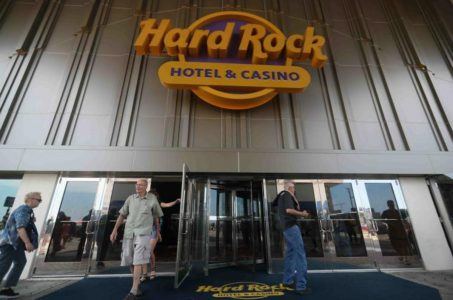Gamblers in India Flock to Nearby Nepal Tiger Palace Casino, Close to Countries’ Adjacent Borders
Posted on: January 10, 2018, 01:00h.
Last updated on: January 10, 2018, 01:11h.
Located in a relatively rural area just six miles from the Nepal-India border, Tiger Palace Resort is going after the millions of Indians in the nearby surrounding region who love to wager. Gambling remains predominantly outlawed in India, despite recent discussions regarding a possible easing of laws.

Benefitting from that problem now is Nepal’s newly opened five-star Tiger Palace Resort in Bhairahawa. Though the property won’t hold its official grand opening celebration until March, the resort started welcoming guests in September.
The majority of India’s legal casinos are in Goa, which is more than 1,200 miles away from Tiger Palace. Gambling venues can also be found on the western coast in Mumbai and Daman, as well as Sikkim in the northeastern corner of India.
Home to over 1.2 billion people, India is the second most-populated country in the world, only behind China, so from a gaming operator perspective, it offers a massive potential marketing demographic.
Tiger Palace owner Silver Heritage Group, a Hong Kong-based casino operator that also has a property in Vietnam and another in the Nepal capital of Kathmandu, said in a recent financial filing that the company is bullish on the Asian gaming market, specifically locations near India.
“India will have the world’s largest middle-class consumption on an annual basis by 2030, $12.8 trillion, versus $10 trillion in China,” Silver Heritage predicted in the statement.
Tiger Palace opened with 44 gaming tables and 216 electronic gaming terminals. VIP tables are to be added in March. The casino resort additionally offers 100 guest rooms, spa, meeting space, and six restaurants, many of which incorporate Indian cuisine.
Gaming Law in India
Last March, India’s Law Commission began reviewing the merits of legalizing casinos and sports betting within the country’s own borders. The government believes the untapped market could be a $60 billion annual industry.
Regulation, some political leaders say, would crack down on underground syndicates currently operating gambling rings. “Regulation and taxation can yield large amounts of revenue for the exchequer and check crime,” Federation of Indian Chambers of Commerce and Industry Director Maj Rajpal Singh said last year.
Regardless, a change to the federal gambling ban, a holdover law from British rule which dates back to 1867 with the Public Gambling Act, seems unlikely to change anytime soon. India’s federal government has reaffirmed over the years its commitment to upholding the now more than 150-year-old law.
Nepal Casinos
Indians can travel freely in and out of Nepal with simply their passport. That’s good news for Tiger Palace, as the heavily populated cities of Lucknow, Kanpur, and Patna are all located within 250 miles of the casino, though driving such a distance can still take up to eight hours. Smaller cities and towns, including Gorakhphur, which has nearly 700,000 residents, are much closer.
Tiger Palace doesn’t have a monopoly on going after India’s gambling-hungry population.
There are seven Nepal casinos in the capital of Kathmandu, and 90-minute direct flights from Delhi, India’s second-largest city in terms of population, are widely available. The seven boutique gambling facilities collectively offer 126 table games and 375 electronic gaming terminals.
Related News Articles
Most Popular
Mirage Las Vegas Demolition to Start Next Week, Atrium a Goner
Where All the Mirage Relics Will Go
Most Commented
-
Bally’s Facing Five Months of Daily Demolition for Chicago Casino
— June 18, 2024 — 12 Comments -
Chicago Pension Mess Highlights Need for Bally’s Casino
— July 2, 2024 — 5 Comments
















No comments yet